Conservation Actions for Threatened Mediterranean Island Flora: ex situ and in situ joint actions
Successful reintroduction of Peganum harmala to Nicosia old walls, Cyprus
24 May 2019
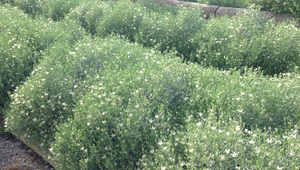
Peganum harmala occurs in Southeaster Europe, Mediterranean region and to the east towards central Asia and northwest India. It is a perennial species, flowering from May to June and fruiting from May to August. In Cyprus, it was recorded only at one location, near the walls of the old city of Lefkosia, on waste ground. It is classified as “Critically endangered” in the Red Data Book of the Flora of Cyprus. The only population of the species was extinct probably due to the heavy use of herbicides in the area.
Within the framework of the CARE-MEDIFLORA project, the species was reintroduced to Nicosia old walls. Seeds were collected from plants originated from Nicosia area and conserved at Athalassa Botanical Garden. Fifty-six plants were planted in April 2017. Two years after (May 2019), fifty mother plants survived (89% survival rate). One year after the successful completion of the first growing cycle of the mother plants, young seedlings have been recorded. The control of noxious weeds is identified as the critical element for the long term survival of the species at the area.
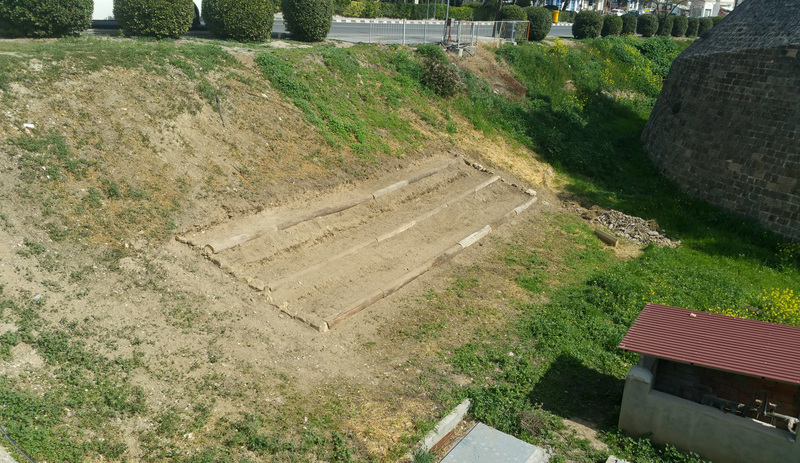
March 2017, preparation for the reintroduction of the species close to Nicosia old walls
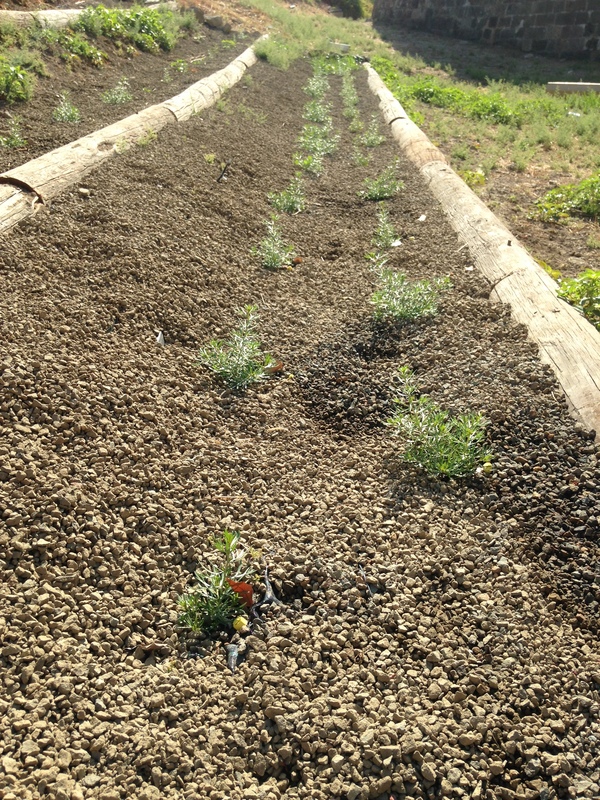
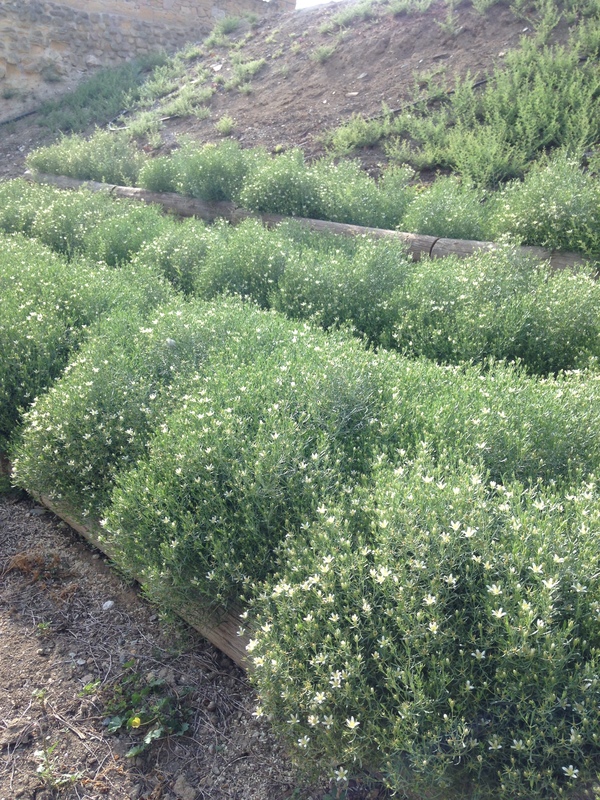

Left: June 2017, establishment of the mother plants
Middle: May 2018, mother plants at flowering during the 1st growing cycle
Right: May 2019, mother plants at the beginning of flowering during the 2nd growing cycle
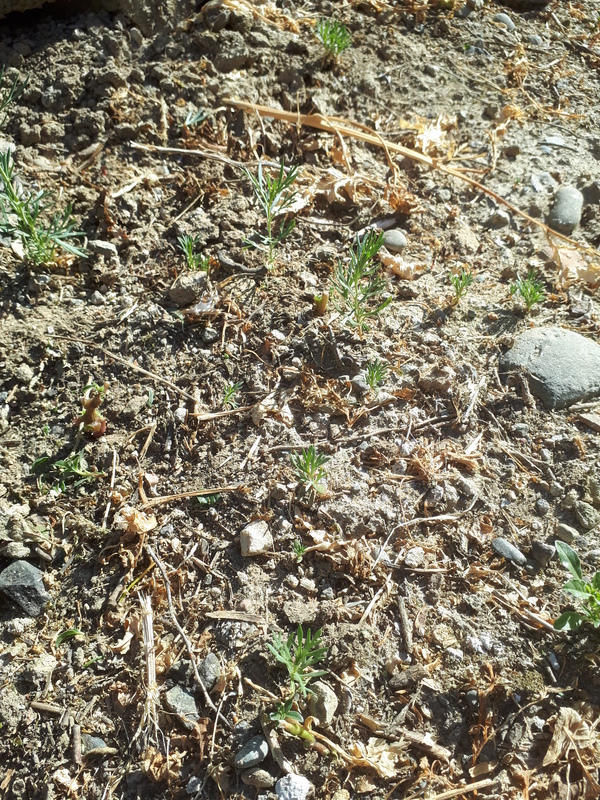

Left: May 2019, young seedlings from seeds produced by the mother plants after the completion of the 1st growing cycle
Right: May 2019, the species spreading outside of the area where mother plants were established. In front the young seedlings and behind the mother plants








